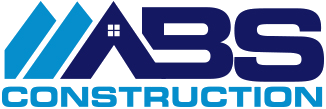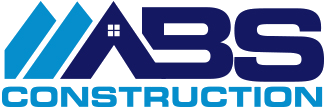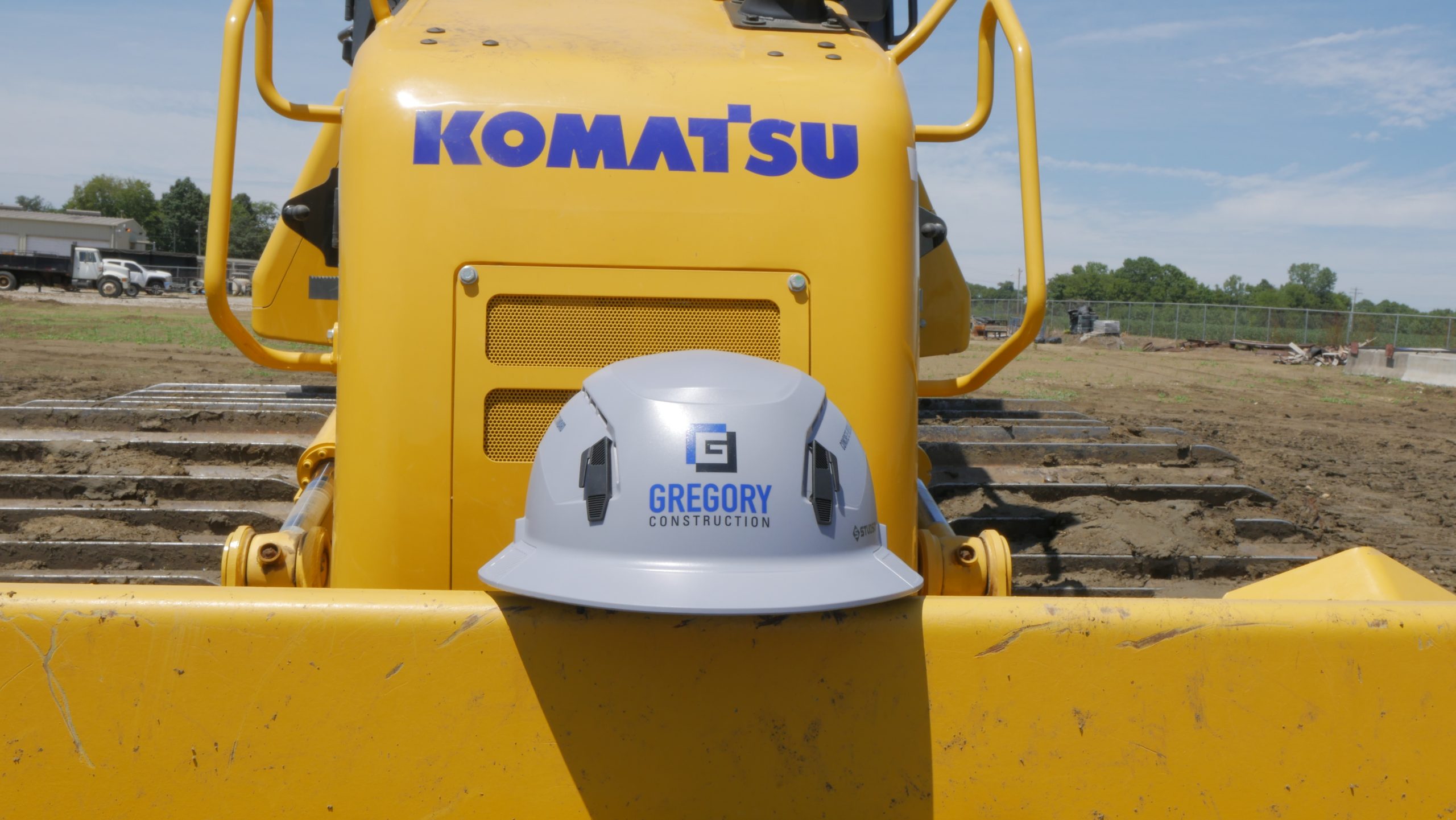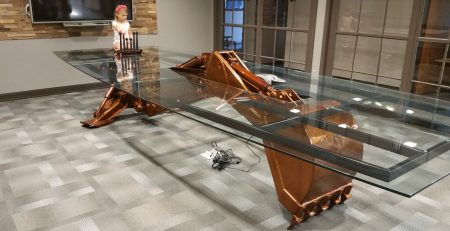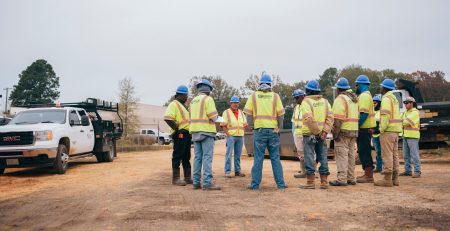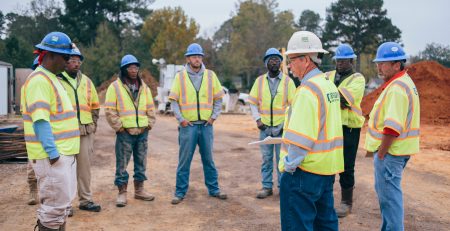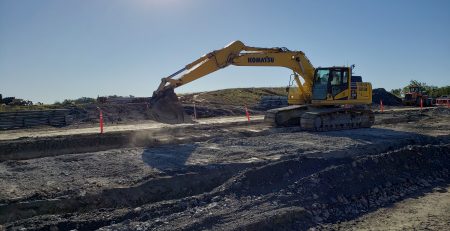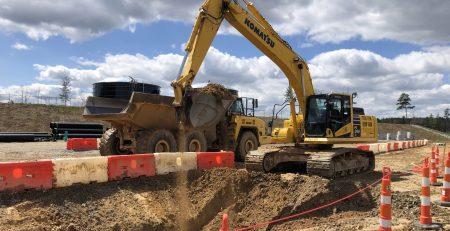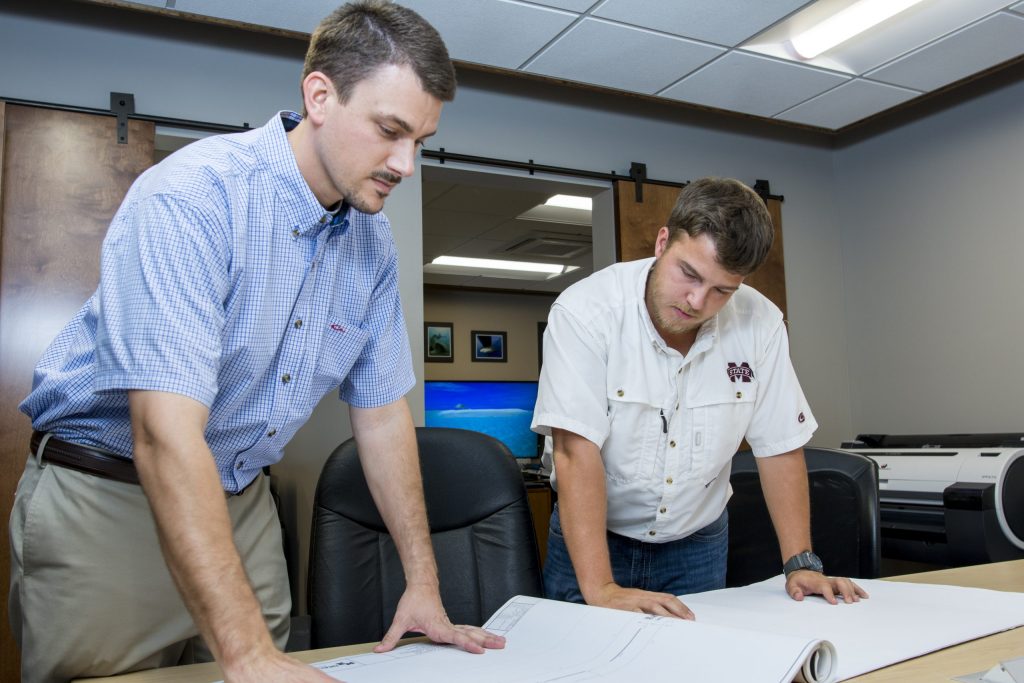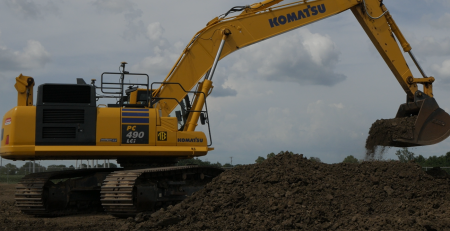The Hard Hat Revolution: A Journey Through History and Our Bold New Design
New Equipment: Setting The Standard in Safety and Design
As we approach December and the birth month of hard hat inventor Edward Bullard, we are excited to introduce the roll out of our new safety helmets, offering greater safety and comfort to our employees.
Studson Type 2
Gregory Construction has begun implementation of Studson Type 2 safety helmets for all employees. Our original Type 1 hard hats were designed to protect workers from objects and blows from above. Our new Type 2 safety helmets are designed to offer protection from lateral blows and objects as well, ensuring protection from the front, back, and side as well as from the top.
Our new safety helmets also include a chin strap to keep the helmet in the correct position, which is essential when working in a dynamic environment. The purpose of the chin strap is to keep the helmet positioned properly and to prevent the helmet from coming off the wearer’s head, even in the event of a slip, trip, or fall.
Innovations in Personal Protective Equipment (PPE) have made great strides in the last few decades. Let’s look back at how far we have come since the invention of the hard hat in 1918.
The Evolution of Protection: How Hard Hats Changed Over Time
The hard hat was invented more than 100 years ago as a safety precaution on jobsites. Prior to the signing of the Occupational Safety and Health Act of 1970 (OSHA), few workplace health and safety protections were available through the federal government. As safety regulations grew more restrictive, the hard hat became a standard of safety on jobsites and continued to evolve in its design and efficiency.
Edward W. Bullard began designing the hard hat in 1918 after his experience working with miners. During this time, miners did not wear helmets and were often subject to injury or death by falling debris.
Bullard’s first model of the hard hat was simplistic designed inspired by the doughboy helmet he wore during World War I. His helmet was made from layers of canvas, glue, and black paint. Bullard referred to it as the Hard Boiled Hat due to the steaming process involved in its production.

Images courtesy of the US Bureau of Reclamation (USBR)
Promotional materials highlighted the impressive strength of Bullard’s hard hat, boasting that a 20-pound weight dropped from two feet couldn’t break it, and even a one-pound bolt dropped from 40 feet left it undented.
Initially, wearing a hard hat was optional; workers chose to buy and wear them on their own. This changed in 1931 during the construction of the Hoover Dam where for the first time, hard hats became mandatory on the job. Photos from the project show workers using jackhammers and scaling cliffs, all wearing different styles of the Hard Boiled Hat.
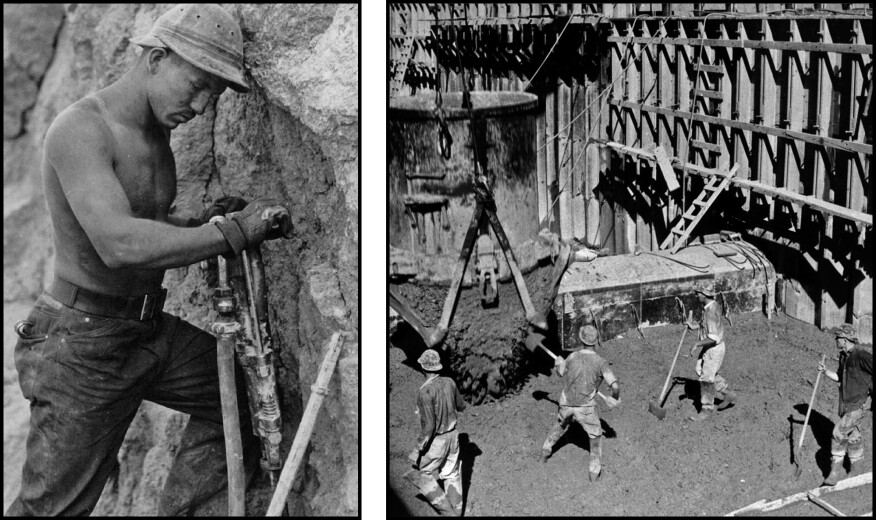
Images courtesy of the US Bureau of Reclamation (USBR)
Just a few years later, in 1933, construction began on the Golden Gate Bridge, and chief engineer Joseph Strauss mandated hard hats for everyone on site to ensure their safety. The Golden Gate Bridge project became known as America’s first designated “Hard Hat Area.”
Our Priority: Ensure Every Worker Goes Home Safely
Gregory Construction had already begun the transition to helmet-style hats in early 2023, the same year that OSHA began to make strides in upgrading the safety standards of workplace safety helmets.
In November 2023, OSHA announced that it was replacing traditional hard hats with more-modern safety helmets for agency employees, citing the evolution of head protection. The agency also recommended that employers adopt the use of more-modern safety helmets to better protect their workforce from head injuries.
“At Gregory Construction, safety is one of our core values,” said Gregory Safety Manager David Moreland. “We live by the standard of getting every employee home to their family safely, and PPE plays a crucial role in achieving this goal.”
Gregory also goes beyond simply providing PPE but also seeks to ensure our safety gear fits comfortably and is well-maintained, as proper fit and condition are vital for optimal protection. Workers are trained on when PPE is required, how to correctly use, adjust, and maintain it, and the limitations of each item to ensure they understand its full protective value.
Gregory upholds strict standards that meet or exceed OSHA regulations, incorporating ongoing monitoring and adjustments to our PPE program to address any evolving site hazards. By focusing on proper PPE use, Gregory Construction fosters a culture where safety is prioritized, and every worker is equipped to return home safely at the end of each day.
For more information about Gregory Construction and our safety programs, contact us.
